Sataka will help farmers better understand Bismerthiazol to treat rice leaf blight and how to use it properly to protect crops in the most optimal way.
Rice bacterial leaf blight is one of the most serious diseases affecting rice, often appearing after heavy rains or in fields with excessive nitrogen. It causes the leaves to dry out, shrink, and significantly reduce yields. Among the current treatment options, Bismerthiazol is considered an effective and safe solution, widely recommended by agricultural experts. In this article, Sataka will help farmers better understand Bismerthiazol, its application, and how to use it correctly to protect your crops optimally.
Rice bacterial leaf blight is one of the most dangerous bacterial diseases in rice cultivation, particularly common in water-rich areas such as the Mekong Delta, the Southwest region, and some Central regions of Vietnam. It is caused by the bacterium Xanthomonas oryzae pv. oryzae, which thrives in humid conditions, frequent rainfall, and fields with high nitrogen content.
The disease first appears as silver-white streaks on the edges of the leaves, gradually spreading toward the center. This causes the leaves to dry quickly, curl, and emit a slightly fishy odor. If not treated promptly, the entire field may suffer from dried leaves, reduced photosynthesis, and a significant drop in yield and grain quality.
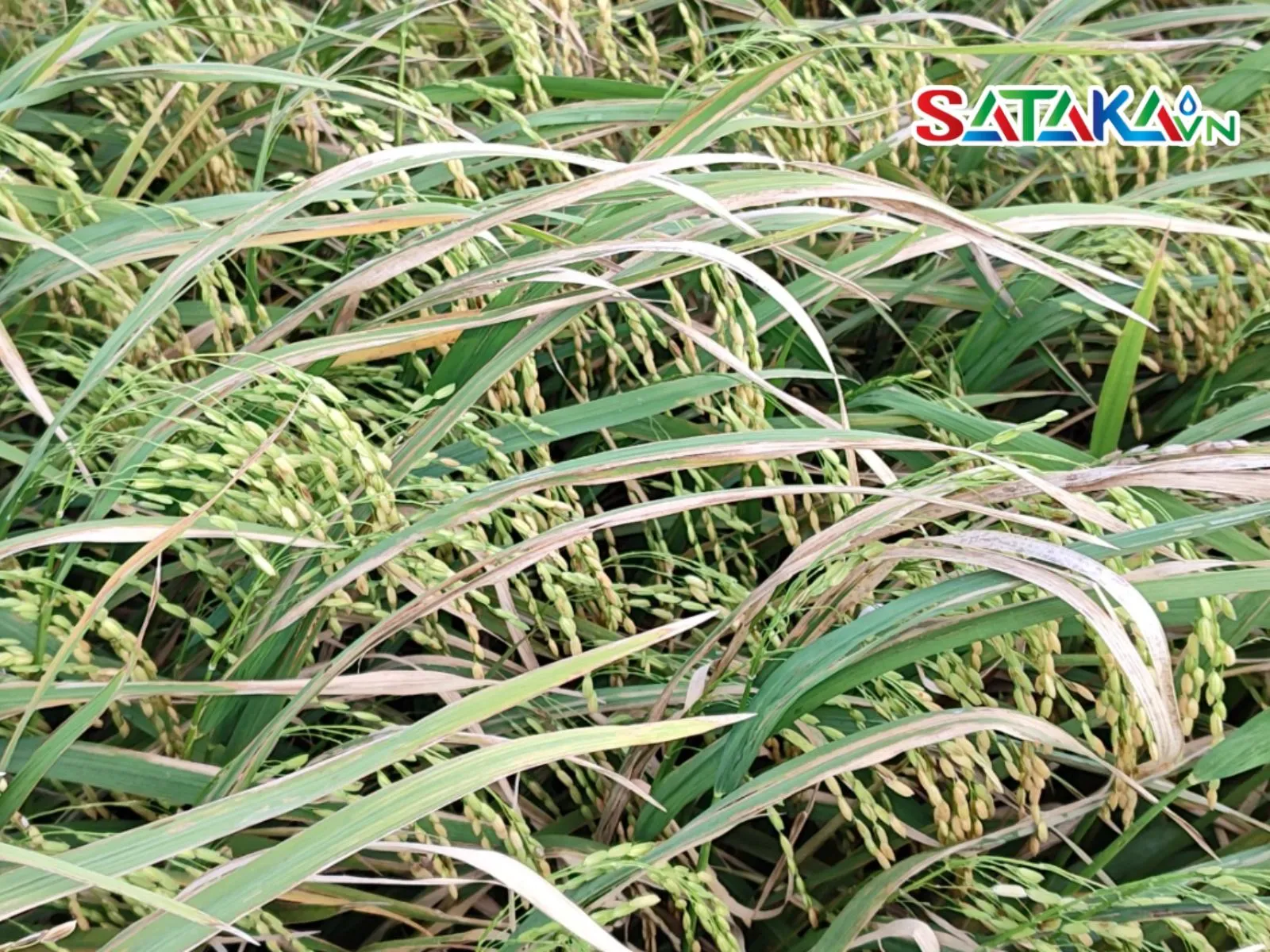
Concern about rice leaf blight
Bismerthiazol (BT) is an antibiotic active ingredient widely used in agriculture to control bacterial diseases in crops, especially rice leaf blight. It belongs to the thiazole group and works by inhibiting the metabolism and protein synthesis processes of pathogenic bacteria.
Bismerthiazol is commonly formulated as wettable powder (WP), suspension concentrate (SC), or soluble liquid (SL). It is easy to use and delivers quick results after application. Many commercial products from well-known brands now include Bismerthiazol as a key ingredient in their rice blight treatments.
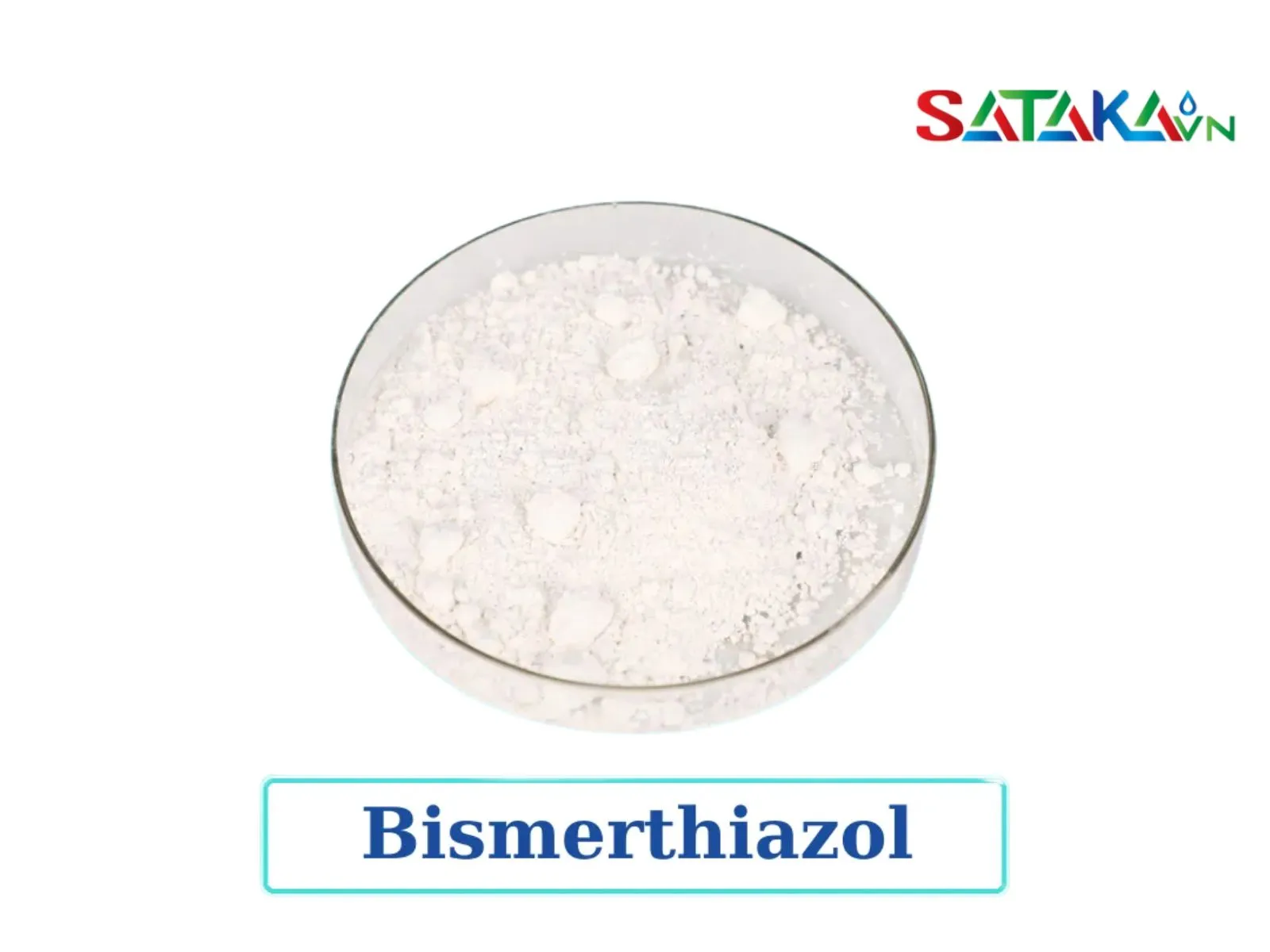
Active ingredient Bismerthiazole
Bismerthiazol acts through systemic absorption and contact mechanisms:
This dual mechanism allows Bismerthiazol to eliminate both surface bacteria and those hidden deep within leaf tissues—something many traditional products cannot do.
Bismerthiazol is regarded as one of the most effective active ingredients for controlling rice leaf blight due to several standout benefits:
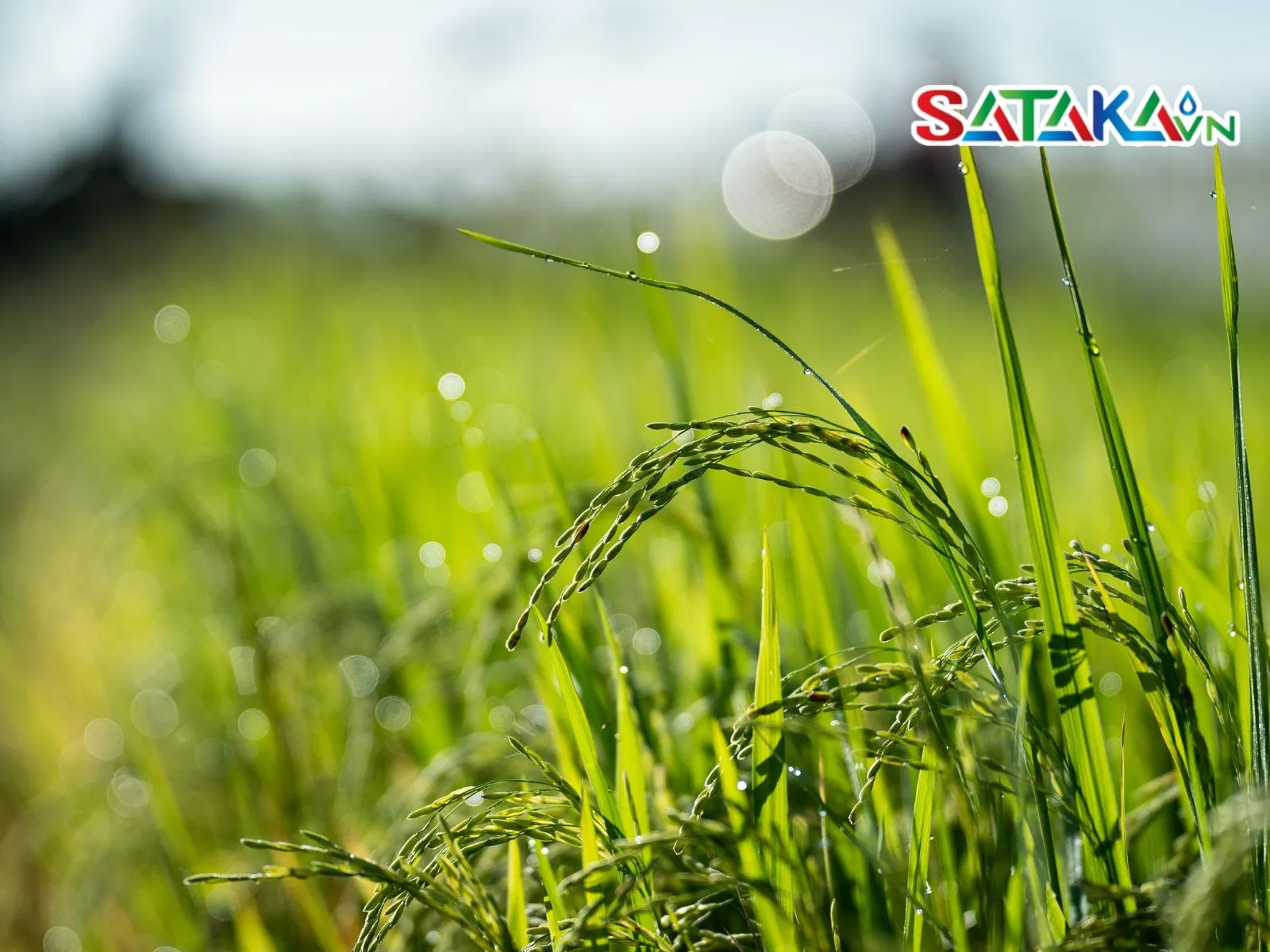
Effective in wet season
To achieve the best results, farmers should follow these usage guidelines:
Dosage:
Spray Timing:
Application Method:
Number of Applications:
Depending on disease severity, spray 2–3 times, spaced 5–7 days apart.
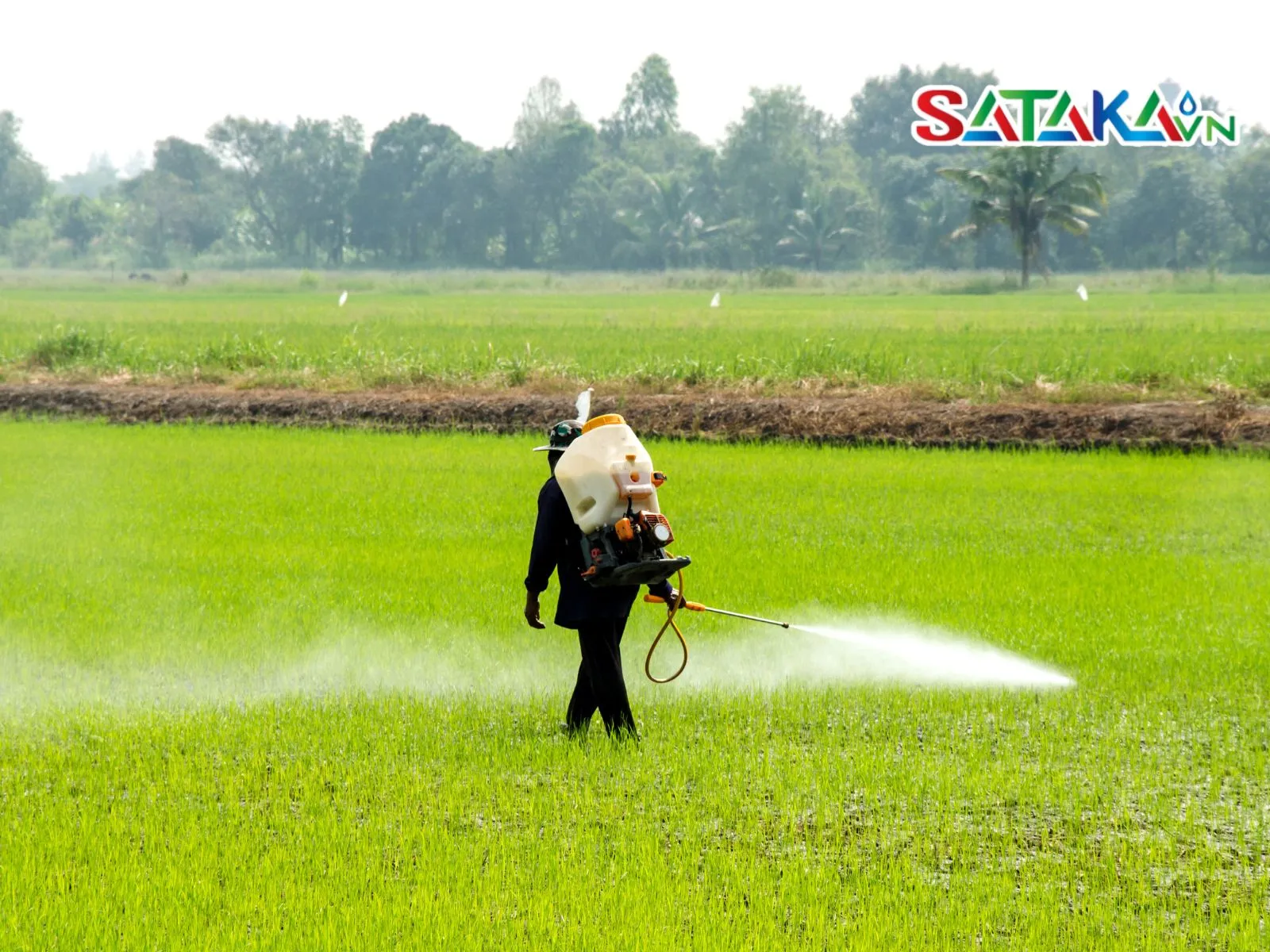
Instructions for use of Bismerthiazo
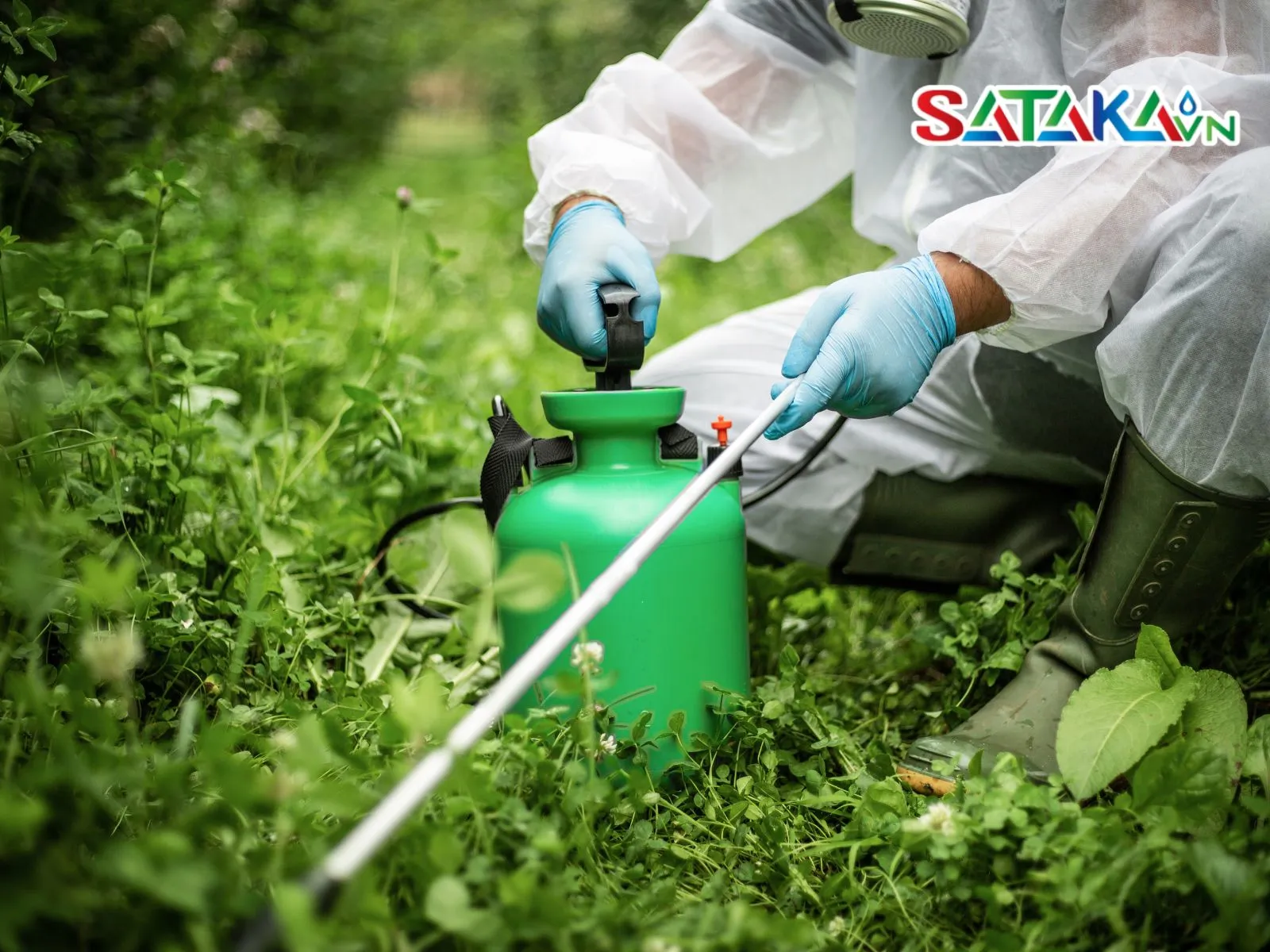
Prepare protective gear before spraying
While chemical treatment is crucial, controlling rice leaf blight effectively requires a combination of methods:
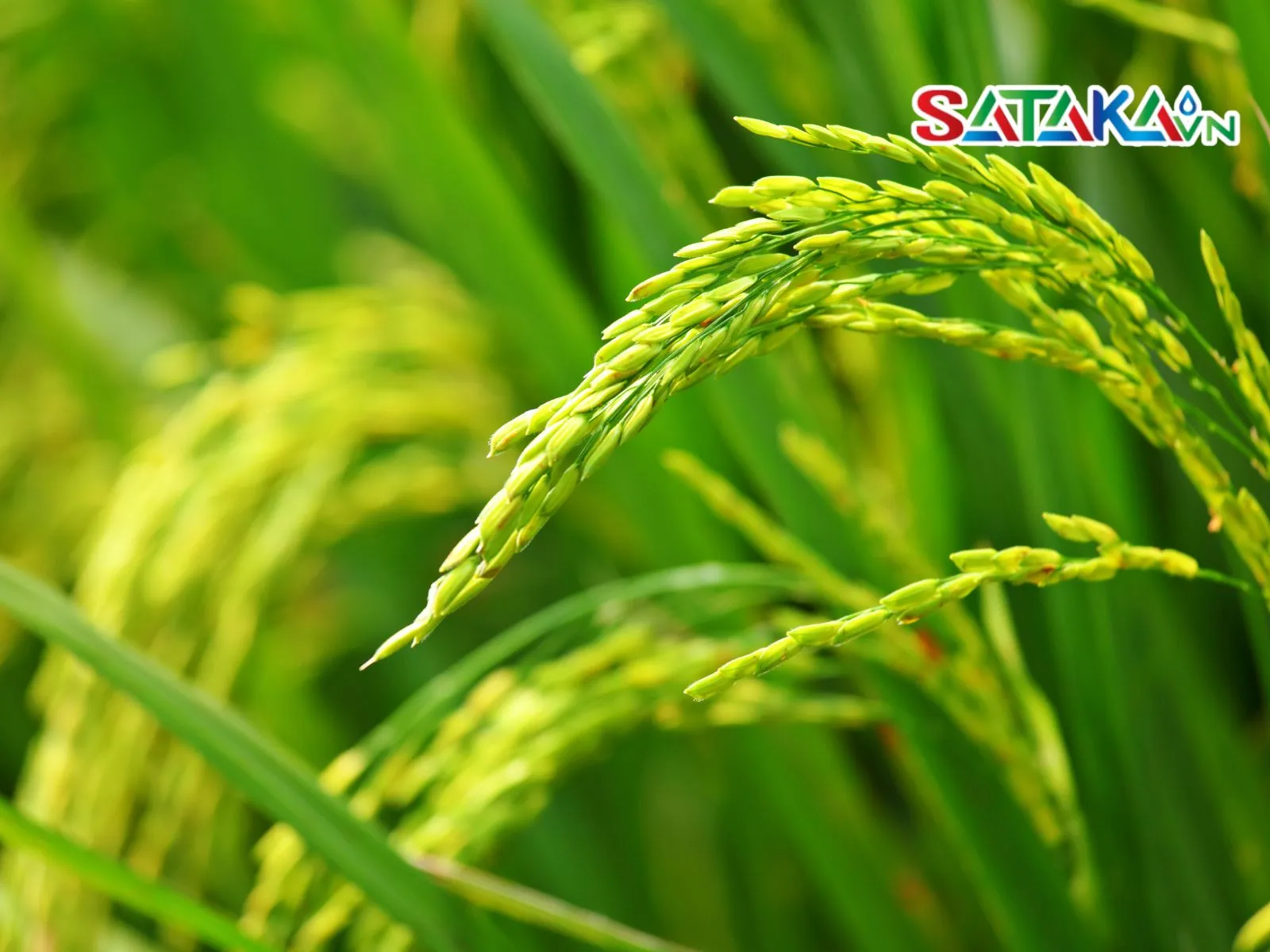
Select rice varieties resistant to rice blast disease
With its dual action of bacterial inhibition and plant immunity enhancement, Bismerthiazol has proven highly effective in preserving both the yield and quality of rice crops. To achieve the best outcomes, always use it at the correct dose and timing, as recommended by the manufacturer. If you are seeking a safe, comprehensive, and cost-effective solution for bacterial leaf blight, consider applying Bismerthiazol early in the season.
Explore more rice disease control products in our Agricultural News section to ensure a high-yield and sustainable harvest with SATAKA Vietnam!